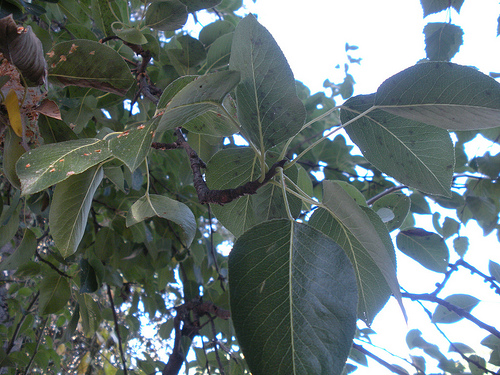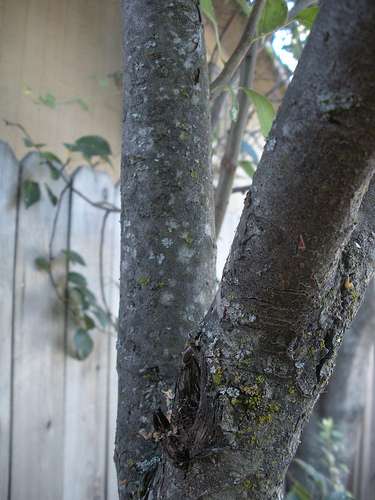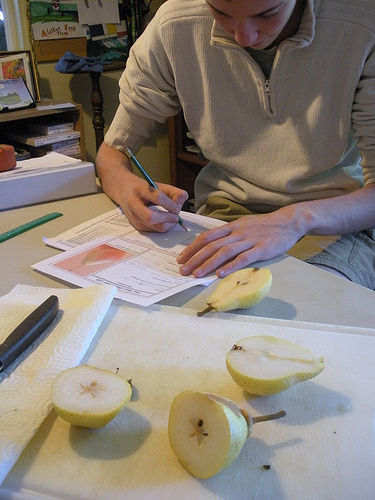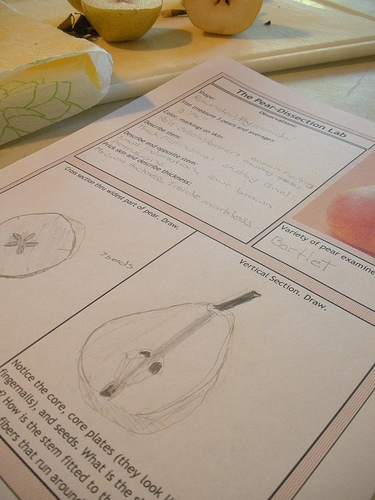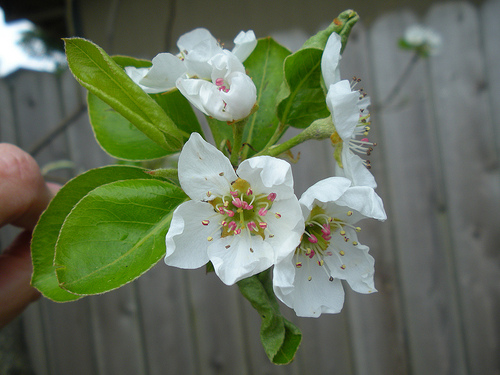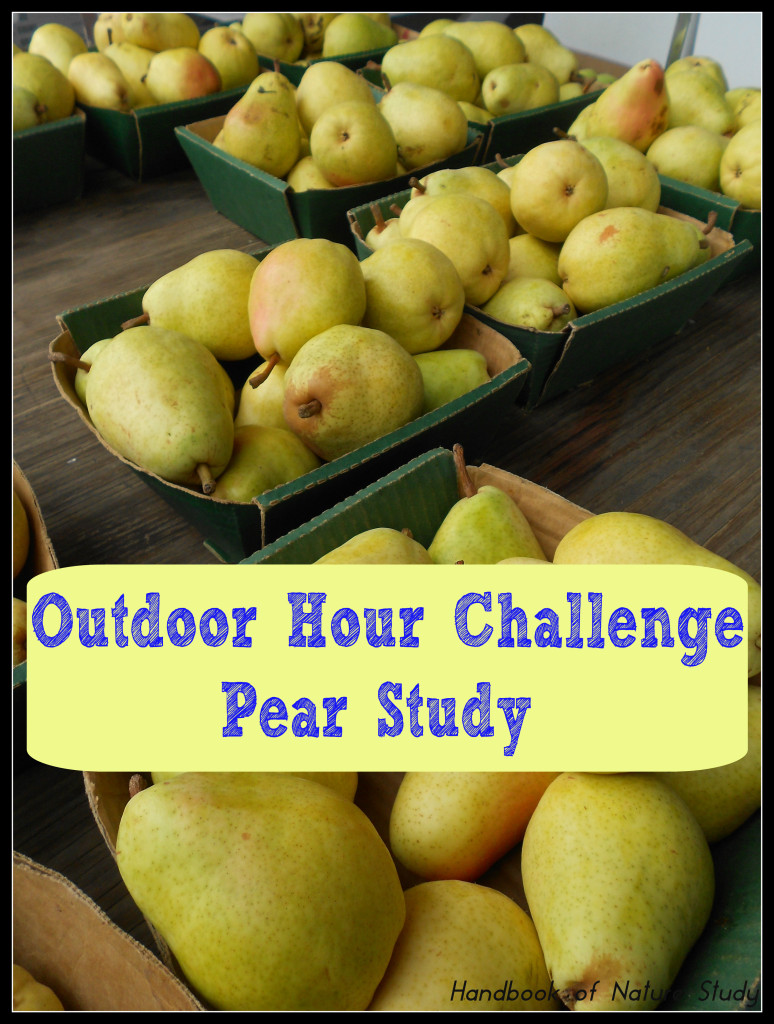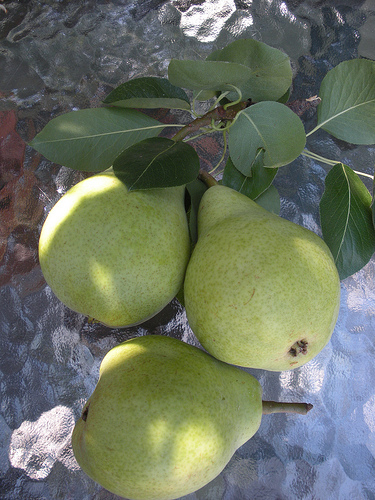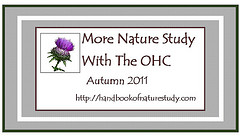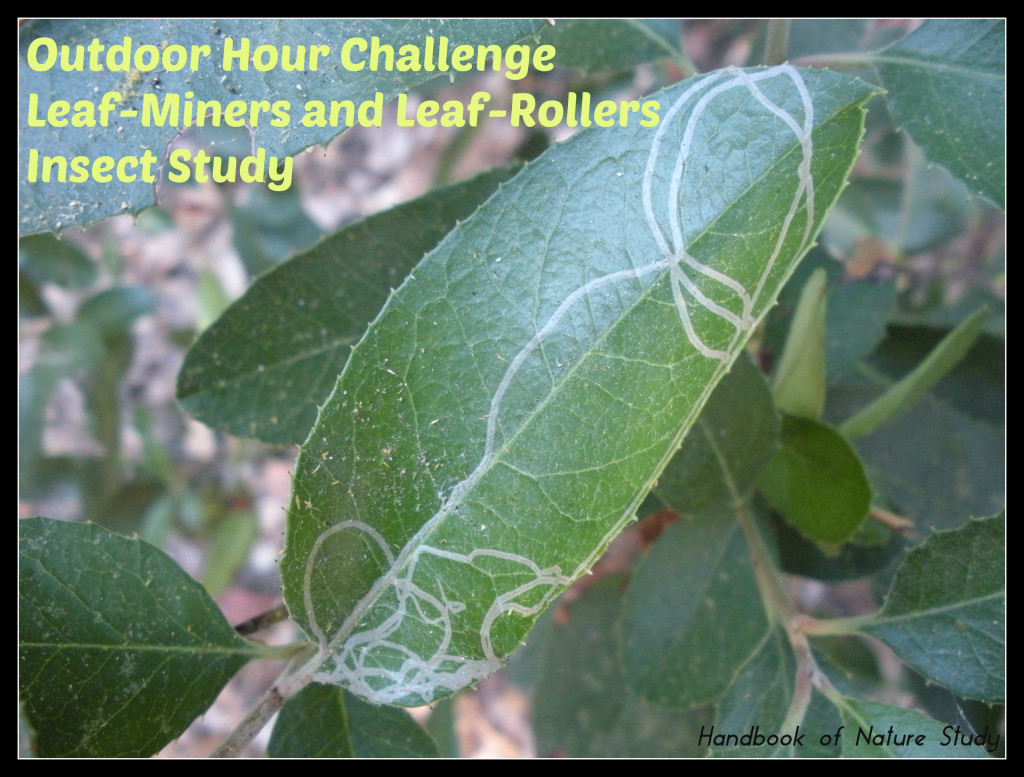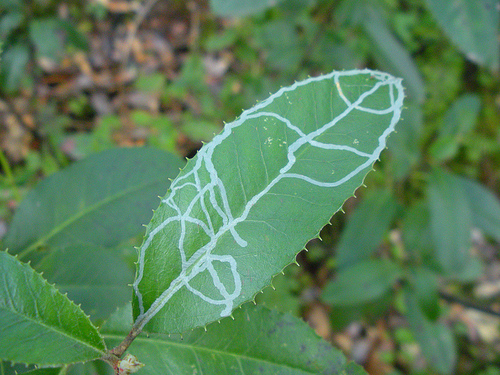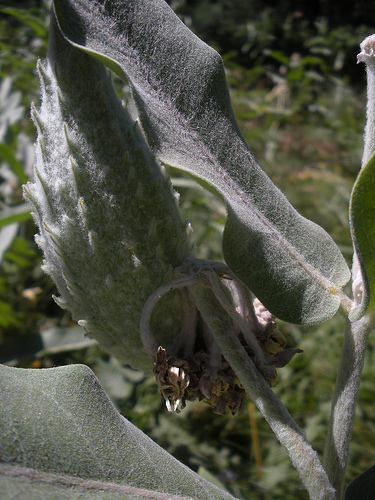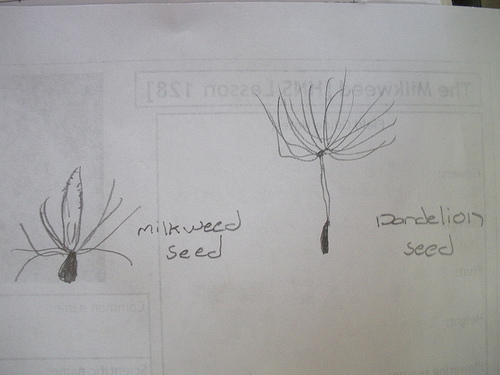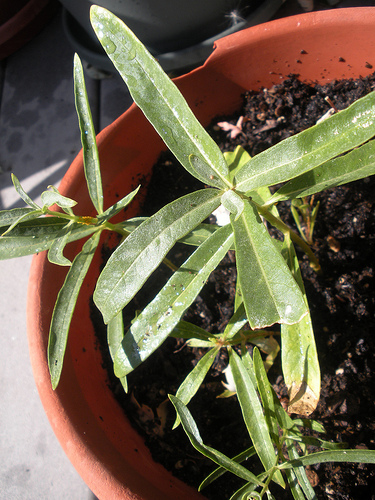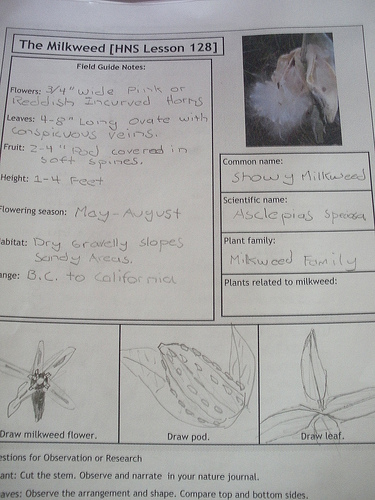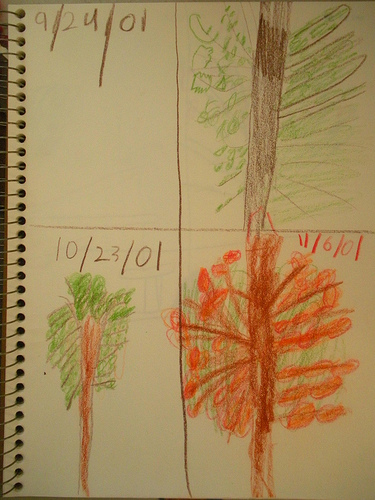Cooler weather means more time spent outside during the day….we went from really hot weather to cool weather in the span of a day or two. I am so pleased with these late blooming sunflowers and I am going to plant more of them next year. The insects have been visiting them every day and when I went out to snip a few flowers for the kitchen table, I saw this big guy!
This praying mantis decided to hang out on my stove one morning. It must have been pretty funny watching me try to scoop him up while he was hopping from side to side. I would try to scoop him up and he would hop just out of my reach. I would try again and he would hop too fast. Finally I got a bowl and set it over him and then slid a piece of paper under the bowl. Success! I transplanted him outside to my potted plants and he was happy to pose for a few minutes on the allysum.
Our butterfly bushes are still blooming, in white, lavender, and deep purple. I see the hummingbirds, bees, and butterflies all buzzing in and around in the morning sunshine. Makes me happy to see such a busy community right in my flowerbeds. We have spotted a few monarchs lately…none captured with the camera yet. They are fast!
We were out for a drive and took a back road only to find a pear orchard within about two miles of my house! It is tucked away off the beaten path and as we slowly drove down the lane I tried to snap a few images…..glorious fall pears to enjoy!
We are going out and about tomorrow so stay tuned for some more back roads loveliness.





